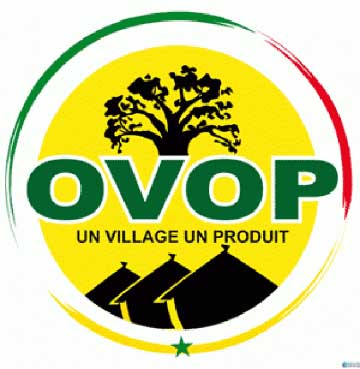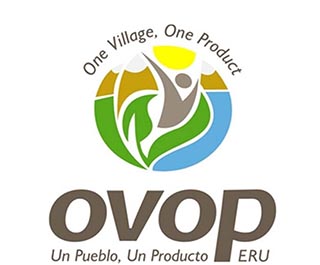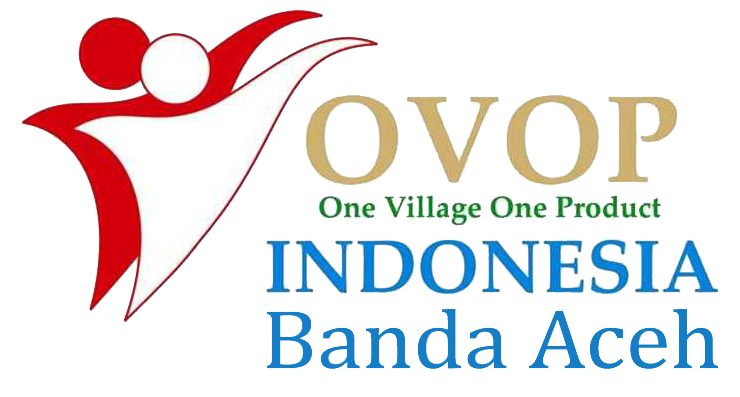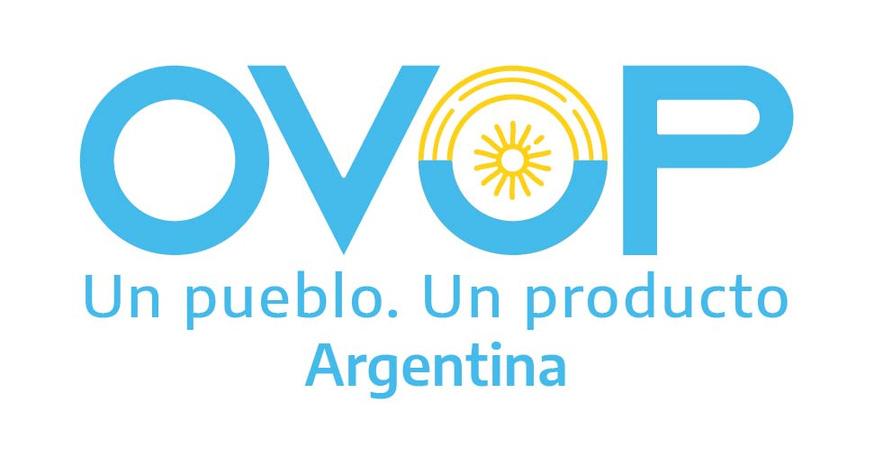Japan is a country with an advanced industry but still focuses on developing traditional professions. In Japan, in addition to modern large-scale industries, small and medium-sized rural industrial establishments and craft households are still receiving interest in further development. Many craft villages in Japan with diverse traditional handicrafts still exist and operate effectively until now. Japan attaches great importance to the development of traditional craft villages in the process of rural industrialization. To restore and develop traditional craft villages, Japan also implements the following specific policies:
Restore and develop traditional crafts: The Government requires organizations producing traditional handicrafts such as cooperatives unions, industry and trade organizations to work out plans to restore and develop traditional handicrafts system. The plan includes contents such as training skills, researching materials and assuring raw materials for production, improving technology and improving product quality, improving production environment, exploiting demand, provide information to customers. State and local government based on this plan to provide capital support and vocational training.
One Village One Product Movement: It promotes each locality to have a craft. The movement was launched in the district of Oita in 1979 with the idea of exploiting local human resources to restore traditional handicrafts. The movement set out 3 mottos including: produce products which are suitable for the market, encourage people to carry out projects in accordance with their capacity and focus on training production and management skills for people. From the success of Oita prefecture, Japan has had 20 prefectures responding after 5 years of launching with similar projects such as: "Village products" or "Home city development program". The number of products sold when the movement started was 143 types with an income of 35.9 billion yen, increased to 336 types with an income of 141 billion yen in 2001. Many lost craft villages have been restored, 200 new jobs created. The movement also attracts many countries to follow such as Shanghai (China), East Java (Indonesia), Los Angeles (USA).
Capital support for traditional craft villages: The government has set up a system of credit guarantees and insurance to support traditional craft villages without collateral. Craft village enterprises can borrow capital to do business or purchase new equipment for a period of 3 to 5 years with an average interest rate of 9.3% / year.
Establishment of Traditional craft associations: Traditional craft associations were established on the basis of "Law on Traditional Traditions" since 1975. The main function of the Association is to restore and preserve traditional crafts such as: human resource development, trade promotion and propaganda for traditional crafts. The association has received active support from the state and local mass organizations.
Human Resource Development for Craft Villages: This policy is implemented by the Traditional Craft Association of Japan. The Association has implemented the policy into many specific measures such as:
+ Recognizing the title of "Traditional Technician" for skilled people to encourage them to be passionate and enthusiastic about the profession. + Vocational training for the inheritance class: After 30 years of implementing the traditional work law, the traditional crafts have a job-training project. Professionals receiving salaries from the Traditional Vocational Association will provide vocational training for the next generation and the youth of traditional apprenticeships are provided with scholarships.
+ Praise, reward money for people who have merit in maintaining and developing traditional techniques, vocational training for heirs or contributing to preserving craft villages for a long time.
+ Encourage the improvement of traditional vocational production techniques, give incentive money of 300,000 yen/year to new people engaged in traditional craft production to promote them to improve production techniques.
+ Cooperate with insurance companies to implement social welfare for craftsmen, artisans working in harsh conditions and pay allowances for people involved in traditional craft production when leaving.
Promote the exploitation of demand: This policy is implemented by Traditional Craft Association to promote demand exploitation and disseminate advantages of traditional handicrafts to consumers by following activities:
+ Directing the revival of production places and making plans to restore and develop traditional occupations. Establish organizations supporting traditional jobs such as: Japan Traditional Technology Artists Association, Traditional Ceramics Technology Association Trade Association.
+ Granting certificates of traditional technology goods to traditional products meeting technical, technological and raw materials inspection standards. The certificate gives consumers peace of mind when buying traditional technology.
+ Introducing traditional occupations through newspapers, books, posters to attract people's interest in traditional industries and products. In addition, holding exhibitions of traditional craft in other countries to introduce and advertise traditional Japanese craft villages. In 1992, there were 2,640 people from 62 countries, including China, Malaysia, Britain and France visiting traditional Japanese villages.
+ Organizing contests and exhibitions to exploit the potential demand of traditional technology goods. "Traditional Technology Month" is held in November every year. On this occasion, to conduct exhibitions and display products, open talent competitions, and advertising campaigns for traditional jobs.
Establishment of a national craft center: A center for information on traditional crafts. The center's activities are to organize exhibitions, provide documents, books, newspapers and movies about traditional occupations. In addition, the center also organizes exchanges between producers and consumers, helping consumers learn about traditional occupations and producers to capture consumers' needs. The center was established in Tokyo in 1979, then moved to Ikebukuro in 2001.
Building films introducing traditional technologies: Filming traditional handicraft making techniques to pass on to the next generation. In addition, the use of film introduces people to the characteristics of traditional handicrafts, which not only have economic significance, but also have cultural significance and are a precious property of the nation. Total funding to support the development of traditional crafts in Japan is 1 billion yen, of which support for production is about 200 million yen and development support for traditional crafts establishments is 800 million yen.






























